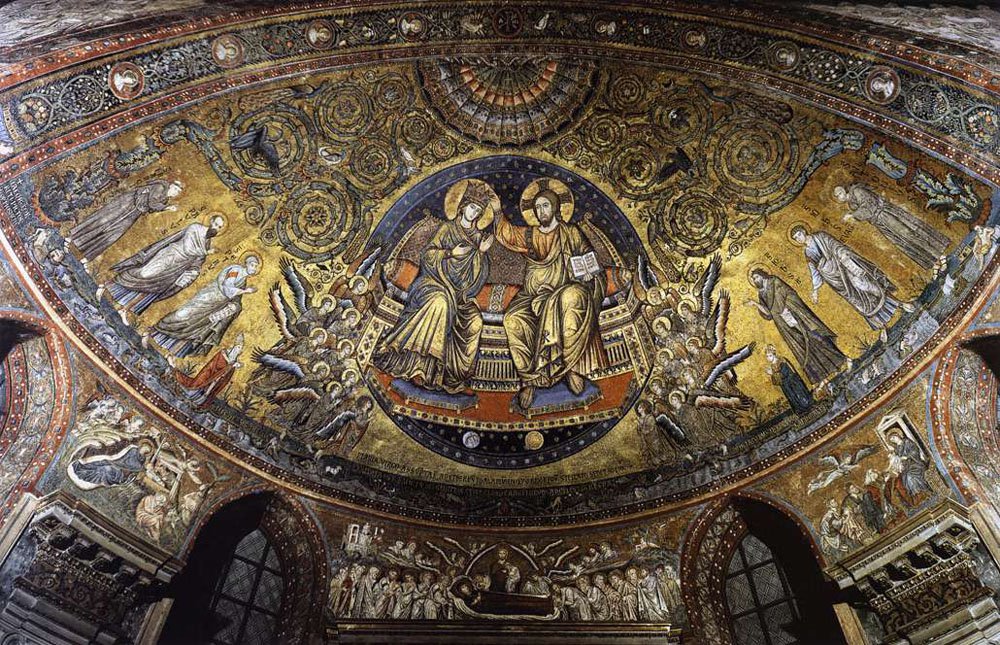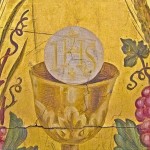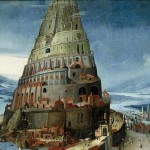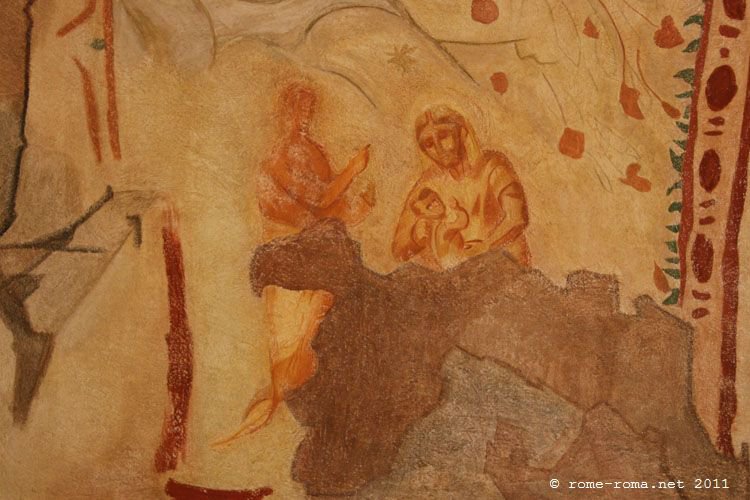
Before getting totally side-tracked by the silly Zmirak controversy I meant to write about Janet Martin Soskice’s remarkable little collection of essays The Kindness of God. It’s a rare theology book that grabs your attention because it seamlessly connects with your life. In the case of the Soskice book it was the kid(s) yelling in the pews phenomenon in contrast with the ascetical indifference (apatheia) championed by the Fathers of both East (Gregory of Nyssa) and West (Augustine).

The problem boils down to: what do you with a spiritual tradition that overvalues solitary contemplation when your own life is devoted to lovingly (most of the time) attending to the monstrously shape-shifting phenomena that are growing children?
I took extensive notes for a post about The Kindness of God that I’ll write sometime soon. Soskice also had some fascinating observations (in conversation with Caroline Walker Bynum’s classic Jesus as Mother) about traditional feminine metaphors for God. But for now I won’t talk about that either.
What I’d like to do is quote a passage from a mind-bending book I found by accident in a used bookstore. The title God, Cosmos, and Humankind immediately caught my attention (the cover was pretty cool as well). Gerhart Ladner’s book is basically a survey of the first five centuries of Christian symbolism as it developed through the formation of the biblical canon and later the Councils.
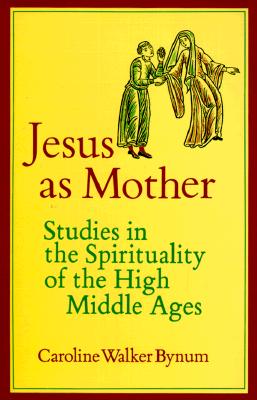
The book was a little pricey by my standards, fifteen bucks, so I went home, waited a day and checked how much the book sells for online. All the copies I could find were three to four times more expensive. So the next day, in a slightly paranoid state, hoping nobody had bought the book, I went back and got it. Ladner hasn’t disappointed.
Anyway, here’s what Ladner says leading up to a discussion of feminine metaphors for God:
“About 400 there lived in the Egyptian city of Alexandria a Neoplatonic philosopher by the name of Synesius of Cyrene, who eventually–though with certain reservations [I’m told he refused to put away his wife and continued to hunt and throw soirees post consecration]–became Christian and even a bishop. In his hymns Synesius tried to express in a poetic-symbolic way the mystery of the one and the three in the Holy Trinity.”
Here’s an excerpt from the poem:
“Most glorious Offspring of the ineffable Father,
Thee, Blessed One, I hymn, together with the great Father,
and the travail of the Father over Thee,
that Counsel of generation, the medial Beginning,
the Holy Spirit, Center of the Creator, Center again of the Son,
Mother, Sister, and Daughter to Thyself, delivered of the secret Root.
For in order that the Father might be poured out upon the Son,
that very outpouring found a shoot, and stood in the midst,
God, descended from God, in a Son who was God,
and in the renowned outpouring of an immortal Father,
the Son, found a shoot.”
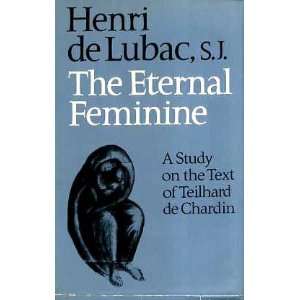
Ladner then comments on this–perhaps to the dismay of those of you who erroneously think Teilhard de Chardin mischievously devised the notion of an “Eternal Feminine“–in the following way:
“The Holy Spirit is thus the connecting bond in the threefold unity. At the same time Synesius was, consciously or unconsciously, carrying on an ancient tradition, according to which the divine contained not only a male but also a female element. In the Hebrew text of Gen. 1.2, the spirit (actually breath) of God that hovers over the waters could be of female gender. But that same spirit could be seen as the Holy Spirit, from whom Mary conceived the Son of God, who was then born of her in human form (Matt. 1:18ff).
The virgin mother of Jesus is not herself divine, but a human being of perfect purity. At the same time, however, she represents the life-giving divine mother of pre-Christian antiquity raised to a new dimension, no longer in the mythological but instead in the mystical sense. That is also why the Third Ecumenical Council of Ephesus (431) recognized her as the Mother of God (Theotokos). It is important to realize that from earliest times the otherwise pronouncedly male concept of God in Christianity included also the ‘eternal feminine.‘”
How can I not love this Rabelaisian mess of traditions and metaphors?
By the way, the Council of Ephesus marked the first great explosion of Marian piety in the Church (forget the French middle ages). From what I remember the tourist guides telling me, the Council was the main impetus behind the building of Santa Maria Maggiore, which might also be, if my memory serves me right, one of the oldest churches built in honor of Mary.
Also don’t forget that, as John Paul II never got tired of saying, woman was created last and therefore is the pinnacle of all creation.
